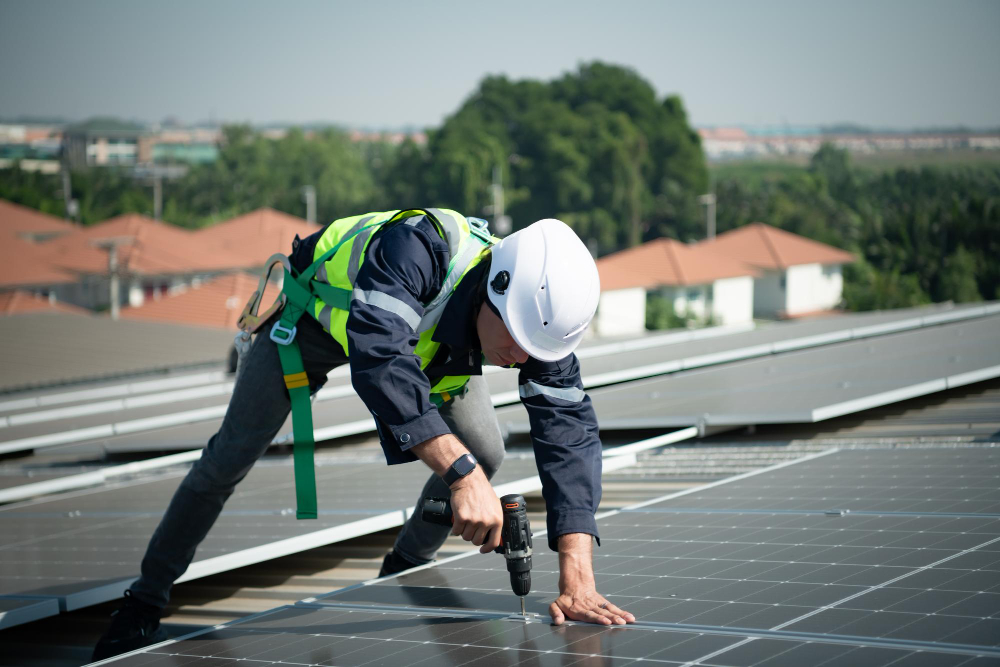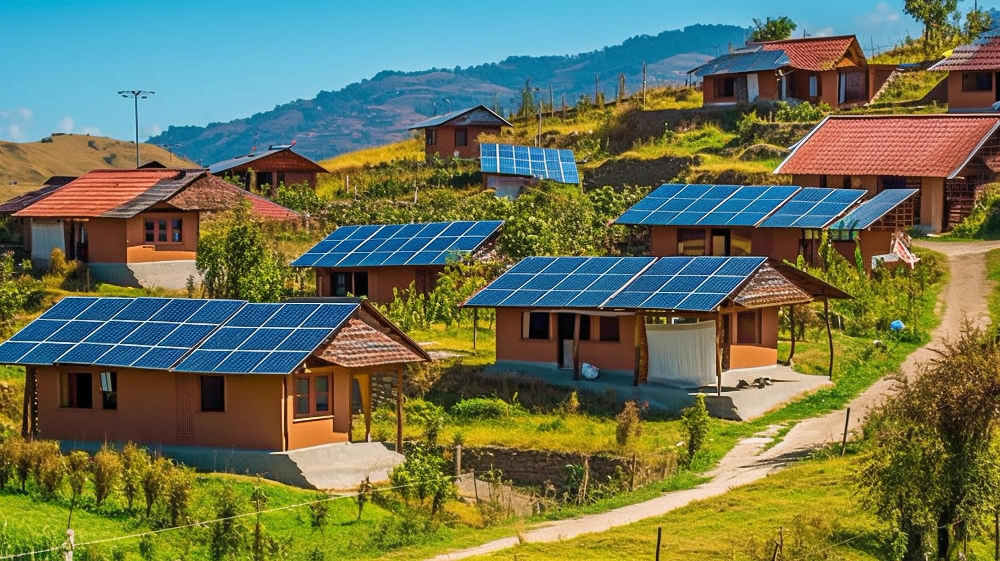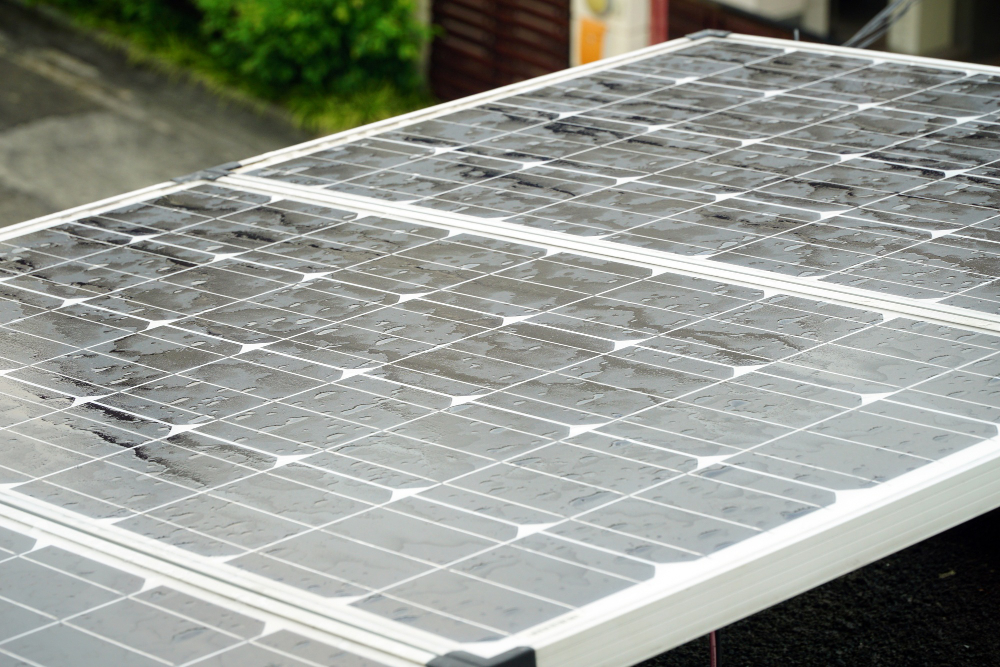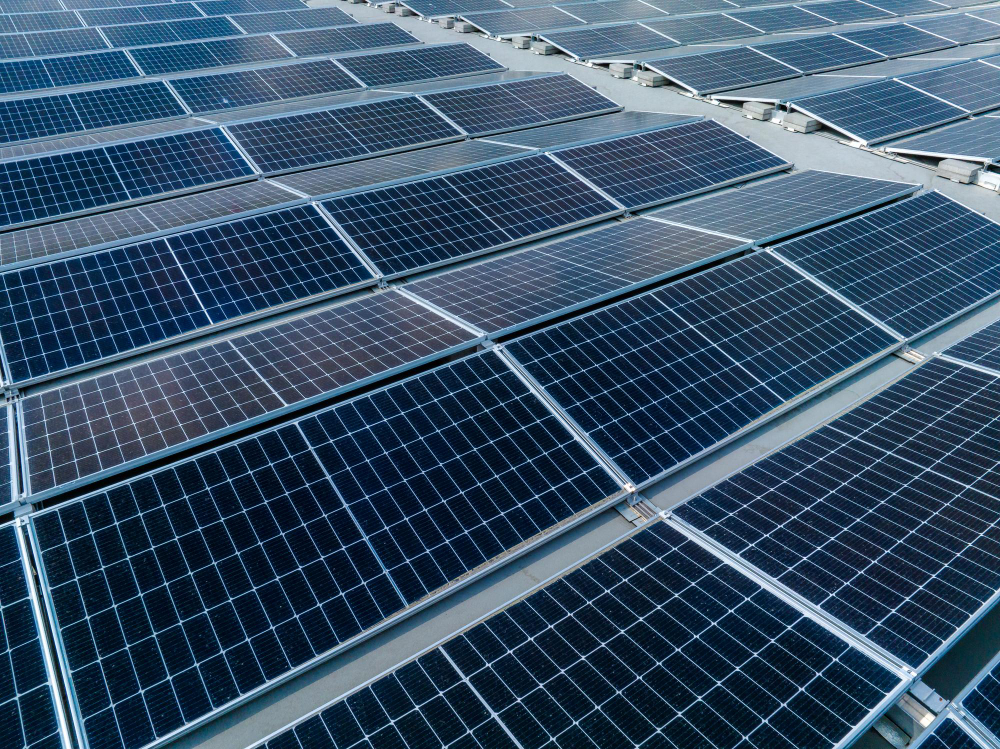Understanding the Environmental Impact of Solar Energy
Solar energy has become a leading solution in the fight against climate change and the effort to reduce reliance on fossil fuels. While it’s widely acknowledged for its environmental benefits, there are still questions about its overall impact. In this blog, we will explore the environmental impact of solar energy, as well as the challenges and concerns that come with it. By understanding the broader picture, we can make more informed decisions about the role solar energy plays in shaping a cleaner future. Understanding the environmental impact of solar energy Reduction in Greenhouse Gas Emissions One of the most significant solar energy environmental benefits is its ability to reduce greenhouse gas emissions. Unlike fossil fuels such as coal, oil, and natural gas, solar power does not emit carbon dioxide (CO2) or other harmful pollutants when generating electricity. This reduction in emissions helps combat climate change, which is driven by the accumulation of greenhouse gases in the atmosphere. By switching to solar energy, homeowners and businesses can significantly reduce their carbon footprint. For example, a typical residential solar panel system can offset around 1.5 to 2 tons of CO2 emissions per year, which is equivalent to planting over 100 trees annually. On a global scale, the more solar energy we adopt, the more we can slow down the warming of our planet. Decreased Dependence on Fossil Fuels Solar energy is a renewable resource, meaning it is abundant and will not run out, unlike fossil fuels. Our heavy dependence on coal, oil, and natural gas has led to environmental degradation, air pollution, and health issues. By shifting to solar power, we reduce the need for extracting and burning fossil fuels, which in turn decreases the harmful environmental effects associated with mining, drilling, and fracking. The production of electricity from fossil fuels also creates significant water pollution, acid rain, and toxic waste. Solar energy eliminates these issues by providing a clean and sustainable source of power, with minimal environmental harm. Energy Independence Solar energy promotes energy independence by allowing countries, regions, and even individual households to generate their electricity. This reduces reliance on imported fossil fuels, leading to a more secure and sustainable energy future. Additionally, solar power benefits include reducing the strain on the electrical grid, especially during peak usage times, and decreasing the chances of blackouts or energy shortages. The decentralized nature of solar power, where energy can be generated at the point of use (like on rooftops), contributes to a more resilient and efficient energy system. Conservation of Water Resources Traditional electricity generation, especially from coal and nuclear power plants, requires a large amount of water for cooling purposes. Solar energy environmental benefits, particularly with photovoltaic (PV) panels, include requiring very little to no water to operate. In a world where freshwater is becoming increasingly scarce, the water-saving benefits of solar energy are significant. By reducing the demand for water-intensive energy production methods, solar power helps protect vital water resources for agriculture, drinking, and natural ecosystems. Environmental challenges of solar energy production Resource Use in Manufacturing Although solar panels themselves produce clean energy, their manufacturing process does have some environmental challenges of solar energy. The production of solar panels requires mining for raw materials like silicon, aluminum, and rare metals. The extraction and processing of these materials can cause land degradation, water pollution, and energy consumption. Additionally, the production process emits some greenhouse gases and uses hazardous chemicals. However, it’s important to note that once solar panels are manufactured and installed, they generate electricity without further emissions for 25 to 30 years, which makes up for the initial environmental costs. Moreover, ongoing research and technological improvements are helping to make solar panel manufacturing cleaner and more sustainable. Land Use and Habitat Disruption Large-scale solar farms require significant land area, which can lead to habitat disruption for wildlife. In some cases, the installation of solar panels may involve clearing land, which can have negative effects on local ecosystems and biodiversity. However, careful planning can minimize these solar energy environmental challenges by using already degraded or non-arable land for solar farms. Solar panels can also be installed on rooftops, parking lots, and other existing structures, which eliminates the need for additional land use. Floating solar farms, which are built on bodies of water, are another emerging solution to reduce land-related concerns. Recycling and Disposal of Solar Panels At the end of their 25- to 30-year lifespan, solar panels need to be properly disposed of or recycled. While many of the materials used in solar panels, such as glass and metal, can be recycled, the process is not yet fully efficient or widespread. Improper disposal of solar panels can lead to environmental challenges of solar energy, as they contain small amounts of hazardous materials like cadmium and lead. The good news is that the solar industry is actively working on improving recycling technologies and infrastructure. As the first generation of solar panels reaches the end of its life, more attention and investment are being directed towards developing effective recycling solutions. Balancing the Environmental Impact While there are some environmental challenges of solar energy, its overall impact is still far more positive than that of fossil fuels. The emissions saved by switching to solar far outweigh the emissions produced during manufacturing. Additionally, with advancements in recycling and manufacturing efficiency, the environmental footprint of solar energy is expected to decrease even further in the coming years. By choosing solar power, individuals, businesses, and governments can contribute to a cleaner, more sustainable future. The environmental benefits—reduced emissions, water conservation, energy independence—greatly outweigh the challenges, making solar energy a key player in the global transition to renewable energy. Conclusion Solar energy offers a cleaner, more sustainable alternative to traditional energy sources like coal and natural gas. While there are some environmental concerns related to its production and land use, the long-term benefits of reducing greenhouse gas emissions, conserving water, and promoting energy independence make solar power a crucial part of our future energy landscape. As technology














